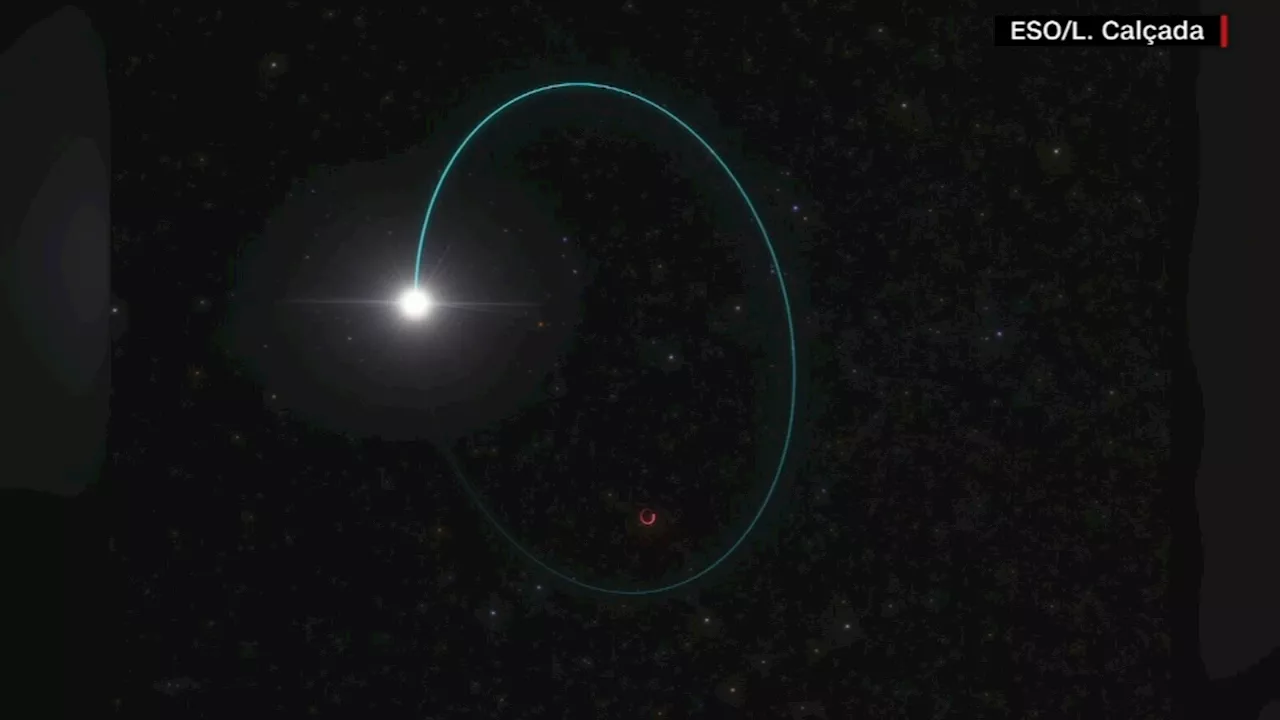Astronomers have spotted the most massive known stellar black hole in the Milky Way galaxy after detecting an unusual wobble in space.
The so-called "sleeping giant," named Gaia BH3, has a mass that is nearly 33 times that of our sun, and it's located 1,926 light-years away in the Aquila constellation, making it the second-closest known black hole to Earth. The closest black hole is Gaia BH1, which is located about 1,500 light-years away and has a mass that is nearly 10 times that of our sun.
The wobbling movement of an old giant star in the Aquila constellation revealed that it was in an orbital dance with a dormant black hole, and it's the third such dormant black hole spotted by Gaia. The process by which supermassive black holes form is poorly understood, but one theory suggests it happens when massive cosmic clouds collapse. Stellar black holes form when massive stars die. So Gaia BH3 is the most massive black hole in our galaxy that formed from the death of a massive star.
But astronomers hadn't been able to find evidence directly linking high-mass black holes and metal-poor stars until they found Gaia BH3.
Black Hole Spotted Gaia Bh3 Light Year Distance Black Hole Milky Way Milky Way Black Home Earth Distance
Norge Siste Nytt, Norge Overskrifter
Similar News:Du kan også lese nyheter som ligner på denne som vi har samlet inn fra andre nyhetskilder.
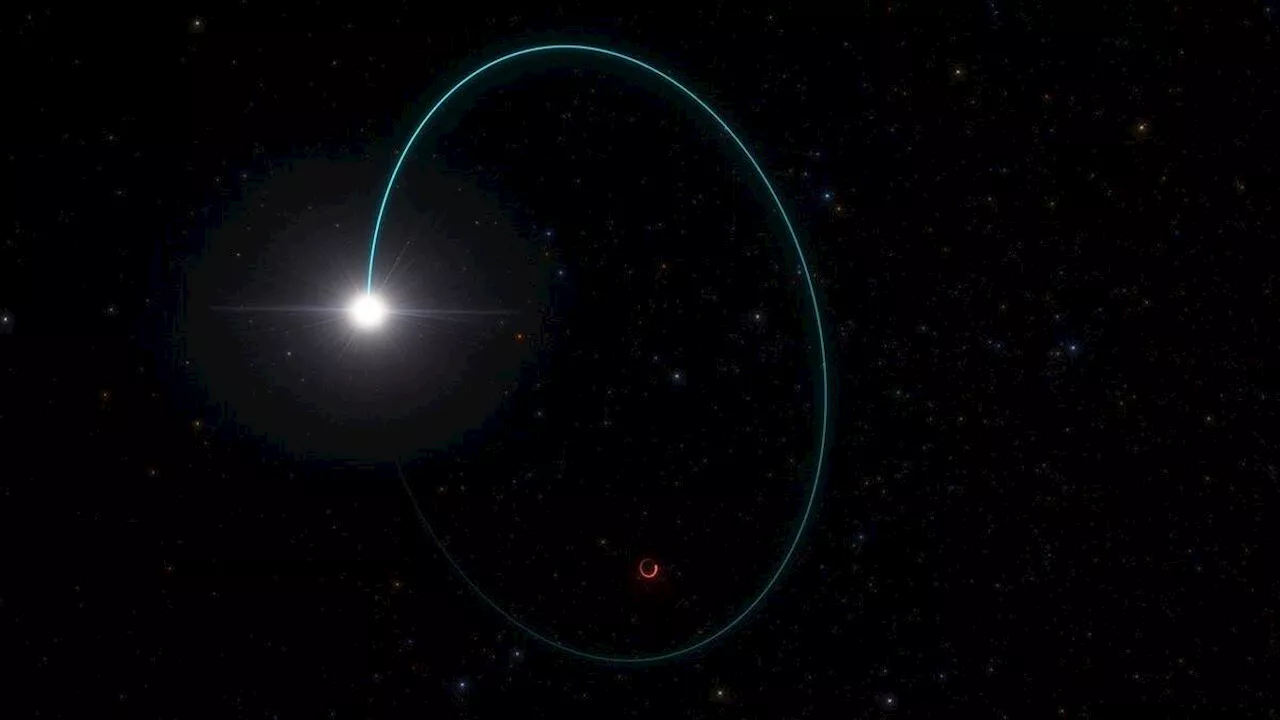 Astronomers Discover Heaviest Stellar Black Hole in the Milky WayThe black hole lurks just 2,000 light-years away in the constellation Aquila.
Astronomers Discover Heaviest Stellar Black Hole in the Milky WayThe black hole lurks just 2,000 light-years away in the constellation Aquila.
Les mer »
 Astronomers unveil strong magnetic fields spiraling at the edge of Milky Way's central black holeA new image from the Event Horizon Telescope (EHT) collaboration has uncovered strong and organized magnetic fields spiraling from the edge of the supermassive black hole Sagittarius A* (Sgr A*).
Astronomers unveil strong magnetic fields spiraling at the edge of Milky Way's central black holeA new image from the Event Horizon Telescope (EHT) collaboration has uncovered strong and organized magnetic fields spiraling from the edge of the supermassive black hole Sagittarius A* (Sgr A*).
Les mer »
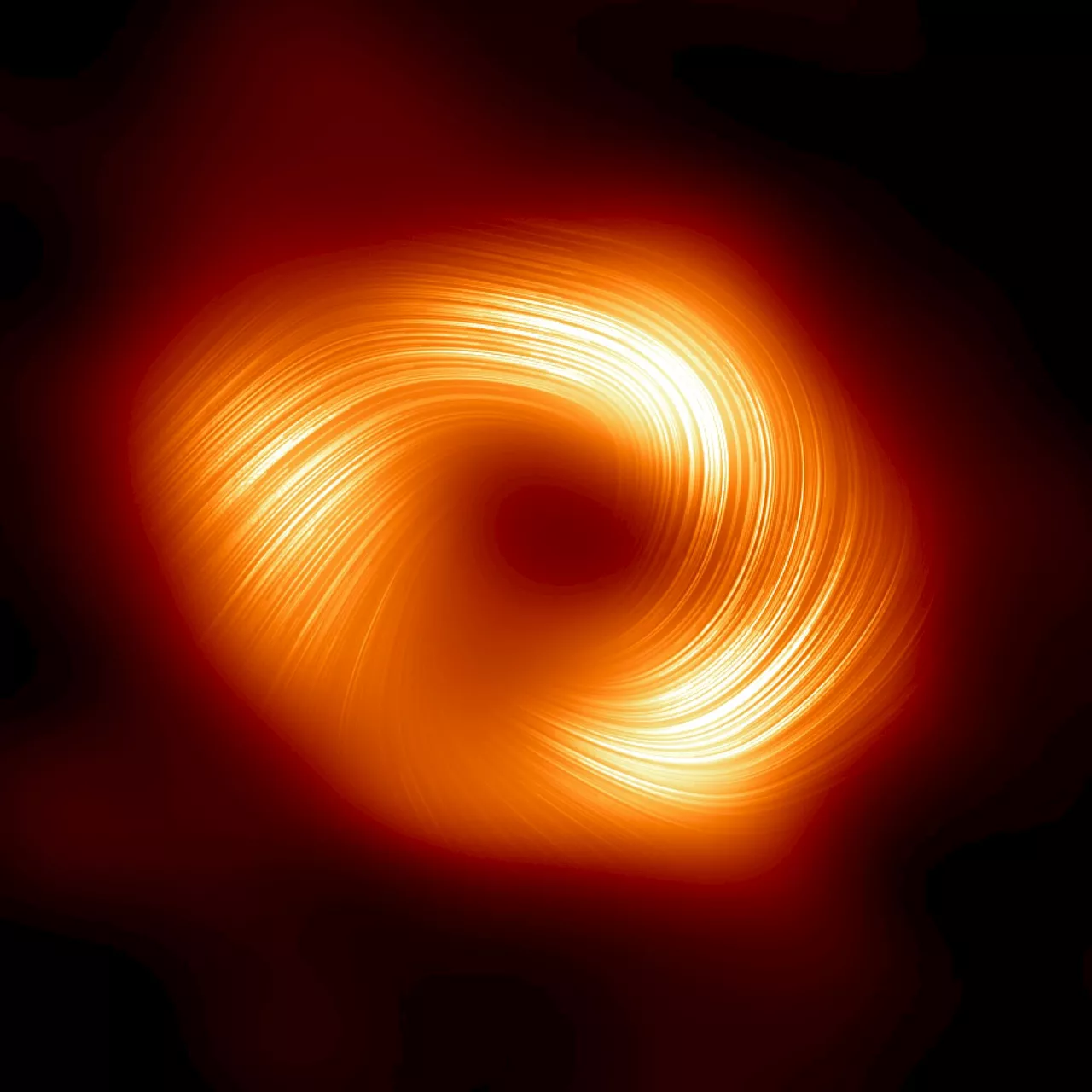 Astronomers unveil strong magnetic fields spiraling at the edge of Milky Way's central black holeA new image from the Event Horizon Telescope (EHT) collaboration—which includes scientists from the Center for Astrophysics | Harvard & Smithsonian (CfA)— has uncovered strong and organized magnetic fields spiraling from the edge of the supermassive black hole Sagittarius A* (Sgr A*).
Astronomers unveil strong magnetic fields spiraling at the edge of Milky Way's central black holeA new image from the Event Horizon Telescope (EHT) collaboration—which includes scientists from the Center for Astrophysics | Harvard & Smithsonian (CfA)— has uncovered strong and organized magnetic fields spiraling from the edge of the supermassive black hole Sagittarius A* (Sgr A*).
Les mer »
 Astronomers Uncover Micro 'Galaxy' Orbiting the Milky WayThe weird, faint star system—the tiniest Milky Way satellite ever found—could be under the influence of dark matter.
Astronomers Uncover Micro 'Galaxy' Orbiting the Milky WayThe weird, faint star system—the tiniest Milky Way satellite ever found—could be under the influence of dark matter.
Les mer »
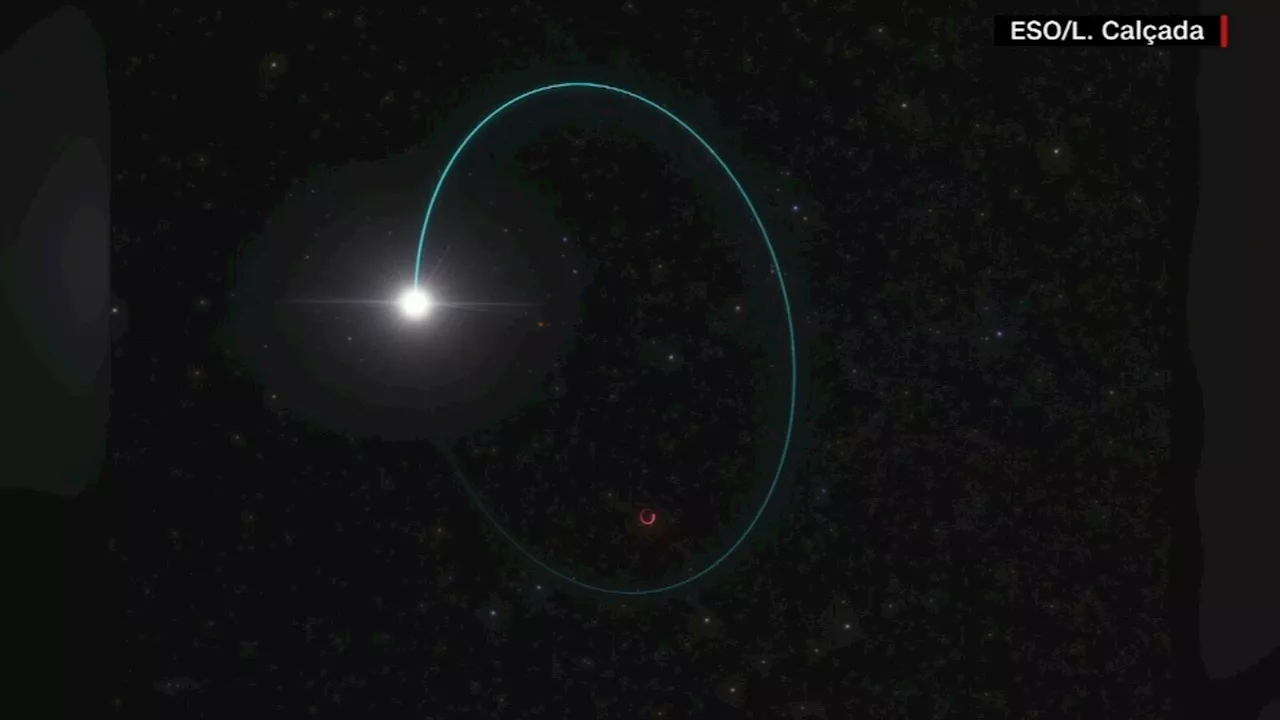 Astronomers spot a massive 'sleeping giant' black hole less than 2,000 light-years from EarthAstronomers have spotted the most massive known stellar black hole in the Milky Way galaxy after detecting an unusual wobble in space.
Astronomers spot a massive 'sleeping giant' black hole less than 2,000 light-years from EarthAstronomers have spotted the most massive known stellar black hole in the Milky Way galaxy after detecting an unusual wobble in space.
Les mer »
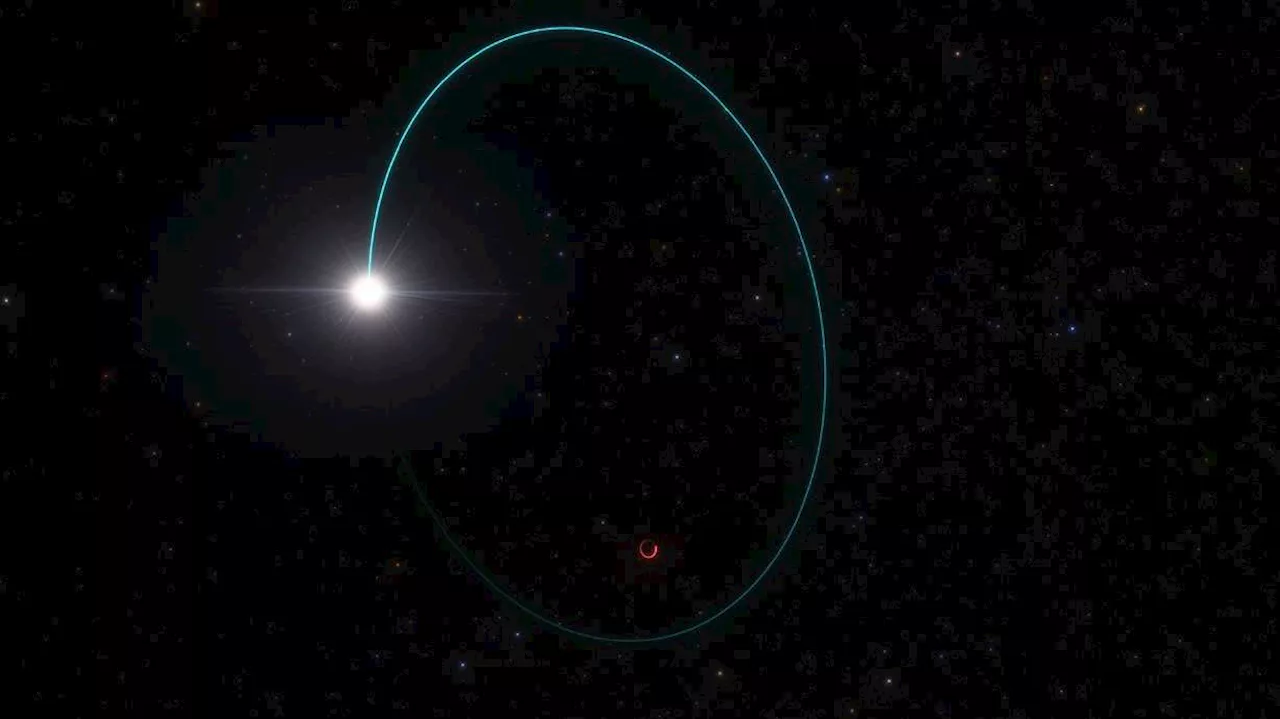 Astronomers spot massive 'sleeping giant' black hole less than 2k light-years from EarthAstronomers have spotted the most massive known stellar black hole in the Milky Way galaxy after detecting an unusual wobble in space.
Astronomers spot massive 'sleeping giant' black hole less than 2k light-years from EarthAstronomers have spotted the most massive known stellar black hole in the Milky Way galaxy after detecting an unusual wobble in space.
Les mer »
